Does a sudden pain in your chest or arms make you think it’s high blood pressure? HBP is common among women and can be life-threatening. Read more.
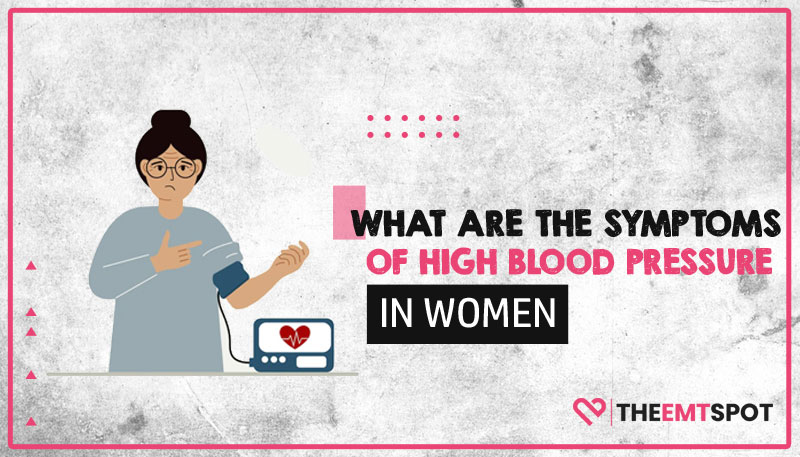
Quick Summary
- Fatigue is the most common determinant of high blood pressure in women.
- High blood pressure can cause kidney and heart damage if left unchecked.
- HBP can also cause problems with eyesight in women. An irregular heartbeat is another symptom that one may come across.
- Women with pulmonary hypertension may have HBP and clogged lung arteries.
When the blood exerts increased pressure against the walls of your arteries, they develop high blood pressure (HBP). This condition at later stages is known as hypertension.
HBP can damage your arteries and lead to health problems like heart disease, stroke, and kidney failure. While high blood pressure can affect anyone, it is especially common in women.
Continue reading to discover more about the symptoms and effects of elevated blood pressure in females. You will also come across some steps to keep it under control.
Contents
The Common Symptoms Of High Blood Pressure In Women
Numerous signs and symptoms in women can point to increased blood pressure. Visit your doctor immediately to check your blood pressure if you experience any of the following signs or symptoms.
Or read our article on Complete Blood Pressure Chart to understand the elevations.
Excessive fatigue
One of the major symptoms of high blood pressure is fatigue. Women with this condition often report feeling tired all the time, even when they get a full night’s sleep.
Fatigue can make it difficult to concentrate, and simple tasks seem overwhelming.
This fatigue and tiredness can be due to the following:
- Coronary artery disease: HBP damages the arteries and impairs blood flow.
- Kidney damage:This condition can limit the kidney’s blood flow, inhibiting them from functioning properly and ultimately leading to failure of function.
- Peripheral artery disease: High blood pressure leads to the closure of arteries in the limbs, stomach, and head, which can cause fatigue.
- Enlarged heart and heart fatigue: Increased HBP levels cause an enlarged heart that requires more oxygen than usual. This enlargement can lead to heart failure if left untreated.
Problems with eyesight
High blood pressure can cause problems with eyesight in women. The most common problem is hypertension retinopathy.
The retina of the eye can be damaged due to increased blood pressure. This can lead to problems, including blurry vision, blind spots, and even loss of vision.
Other problems include hypertensive choroidopathy and hypertensive optic neuropathy, which can also lead to vision loss.
Irregular heartbeat
If you experience an irregular heartbeat, it may feel like your heart is skipping a beat or beating too fast. One may also feel like their heart is fluttering. These sensations are called arrhythmias.
Arrhythmias can be harmless, but in some cases, this can be an indication of a more serious condition. One is at a greater risk of developing an arrhythmia if you have HBP. That’s because it can damage the circulatory system.
Pounding
It could be a symptom of high blood pressure if you experience pounding in your chest, ears, or neck.
The blood arteries in and around the brain may face damage. This can change the pressure of blood and cause pounding, which may or may not have a sound.
Bloody urine
Hematuria is a condition in which an individual experiences blood in the urine. This condition is caused due to high blood pressure or later stages of hypertension.
Blood in the urine indicates complications of the kidneys or urinary tract.
Breathlessness
Your blood pressure may be high if you experience shortness of breath. Pulmonary hypertension (PH) can happen when you’re doing everyday activities like climbing stairs or even taking a brisk walk.
PH is dangerous as it alters how blood travels via the heart and lungs. The pulmonary artery narrows because of high blood pressure. This can lead to poor oxygen flow throughout the body.
Chest pain
Another common symptom of HBP in women is chest pain. This can be a sharp, stabbing or dull, throbbing pain. It may be worse when you breathe in, and you may also feel it in your shoulders, arms, or jaw.
Pulmonary hypertension in women may cause high blood pressure and less blood flow to the lung arteries, and the pain may resemble angina.
A severe headache
Headache is another indication of increased blood pressure levels. The pain is often located in the temples or behind the eyes and can be coupled with nausea, vomiting, and dizziness.
Due to a hypertensive crisis, the pressure in the cranium builds up. This is majorly due to the rise in blood pressure to a critical level. This headache may resemble a migraine or normal head pain but is resistant to normal medicines.
Lowering blood pressure may help alleviate these conditions.
Conclusion
High blood pressure in female can be a silent killer. Hence it becomes important to be aware of the symptoms and get checked regularly.
Managing this condition and taking preventative steps is important, so make sure you refer to a registered doctor.
In the meantime, try to reduce stress, eat healthy food, exercise regularly, and take natural supplements to lower blood pressure.

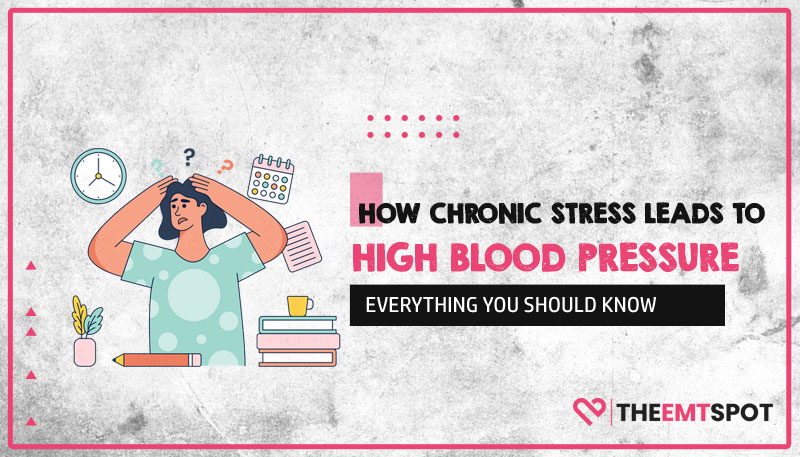
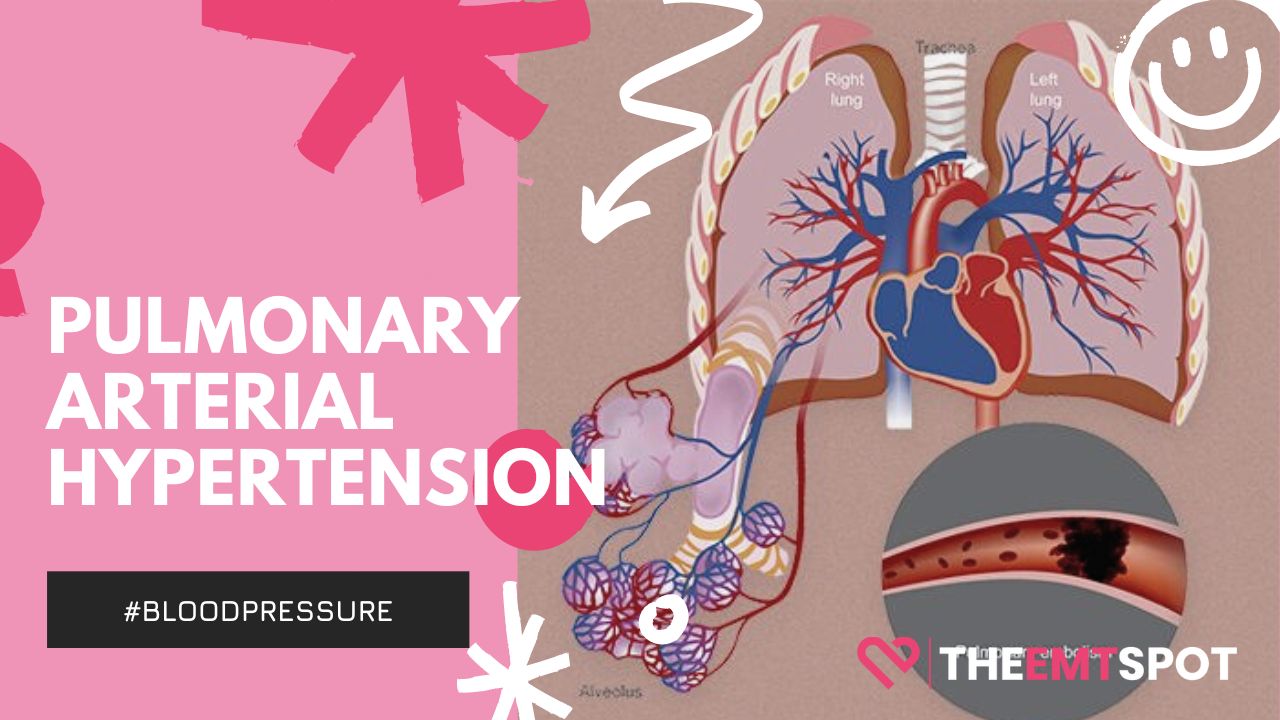
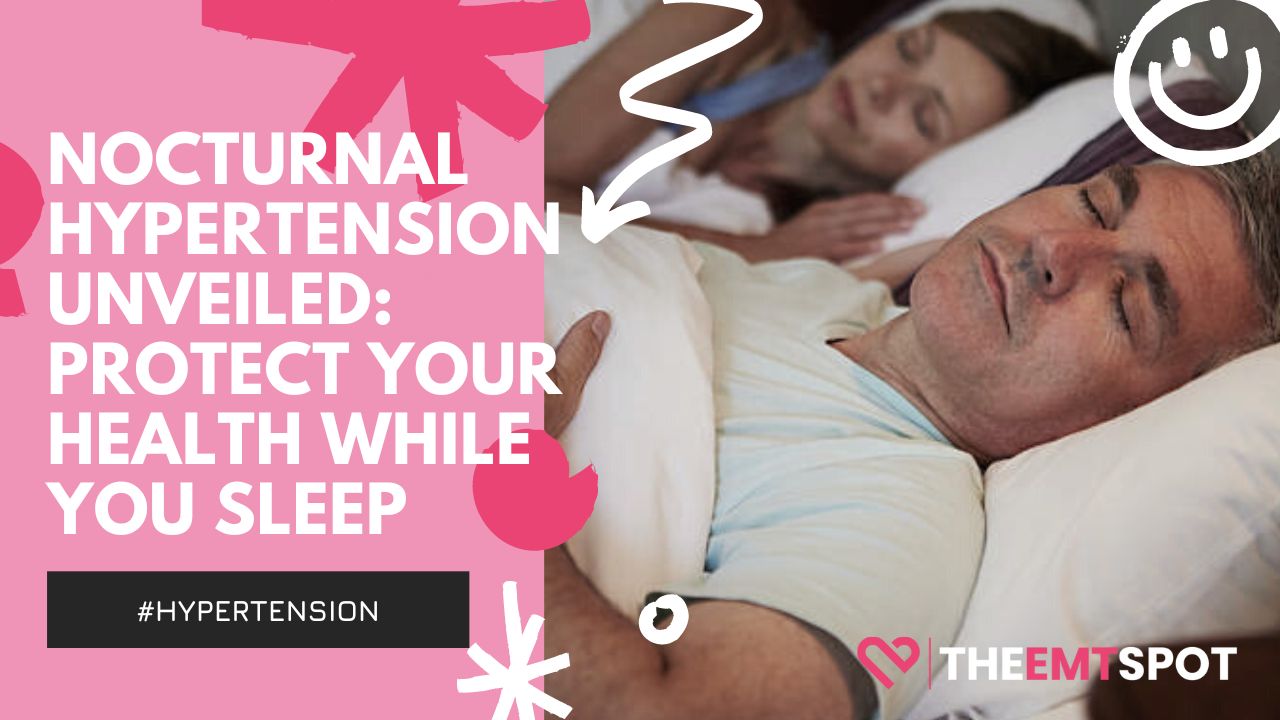
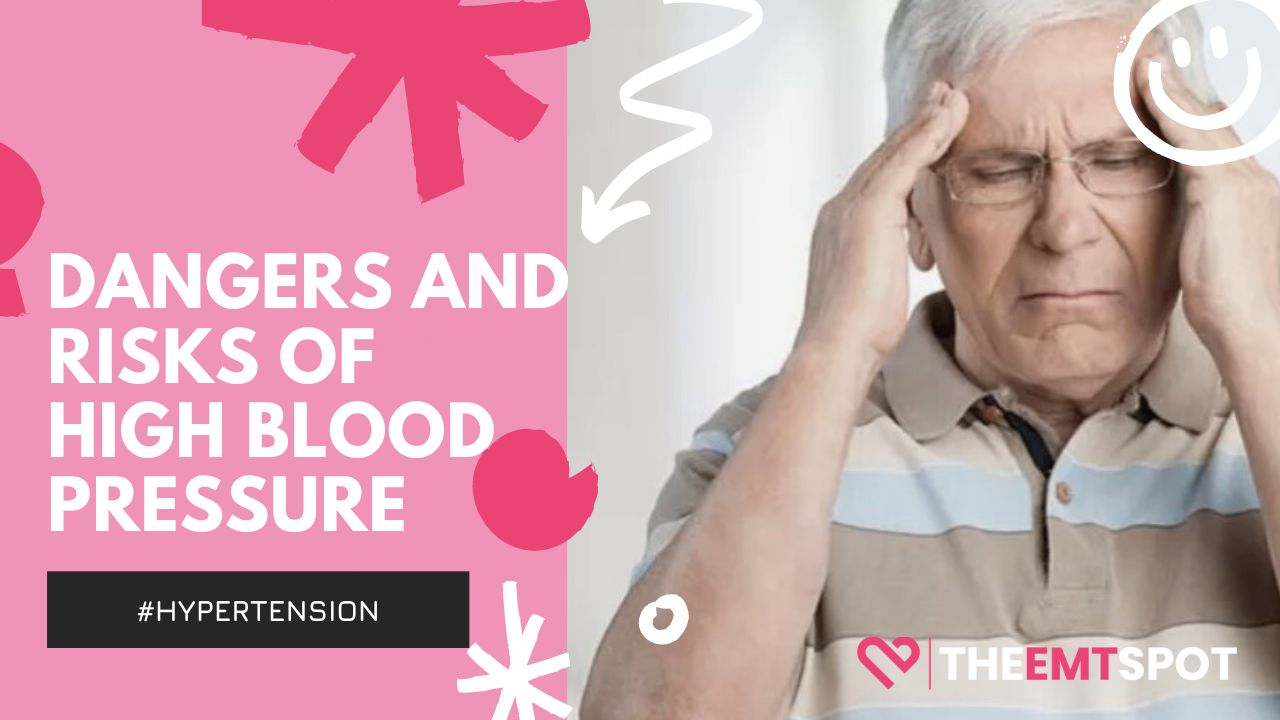
 Robin Backlund is a dedicated journalist and a medical student who has written several articles and essays exposing the falseness and hollowness of online resources in the medical science niche.
Robin Backlund is a dedicated journalist and a medical student who has written several articles and essays exposing the falseness and hollowness of online resources in the medical science niche.